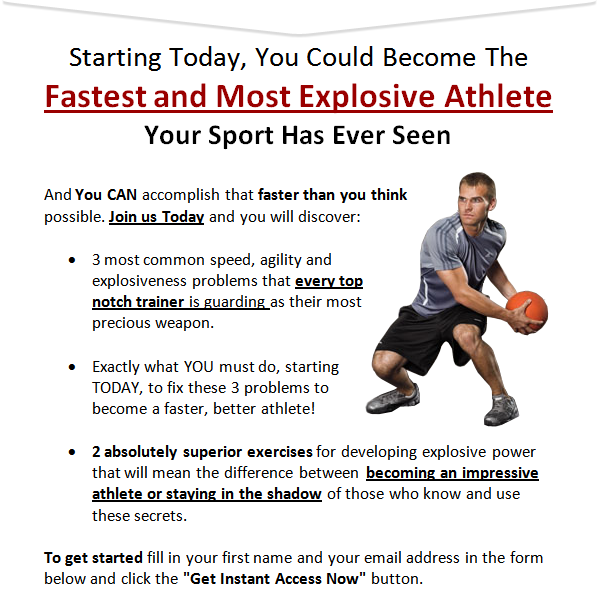What is Recovery?
Recovery is basically the time it takes the body to repair itself from the damage (stress) caused by training. During recovery a complex process takes place which includes refueling the muscle and liver glycogen stores (carbohydrates), replacing nutrients lost through sweat and developing new muscle proteins require for growth.Why is Recovery so Important?
- Appropriate recovery accelerates the regeneration rate between training and competitions
- It increases the quality and quantity of training
- Reduces the risk of developing over training
- Reduces the risk of injury
- Adequate and appropriate recovery can enhance performance
It is important to understand that there are several different methods of recovery and how a certain athlete recovers will vary depending on personal preference, the type of training, time constraints and the resources that are available to that person or group of athletes.
Popular Recovery Interventions:Rest and Sleep
Adequate rest and sleep is the most effective recovery tool. Sleep is where the physical and psychological restoration occurs through hormonal secretion and is critical in ensuring maximal recovery. The quantity and quality of sleep is also very important as in deeper sleep phases the body heals quicker. It is important to note that sleep disturbance is often a sign of over training so if you are constantly waking up in the middle of the night then it could be from overdoing it a bit. Developing good sleep habits is very important.
Active Recovery (Cool Down after training)This enhances the removal of lactate by increasing blood flow through movement. An active recovery will help recovery of force from eccentric damage and will reduce soreness and stiffness of your muscles.
StretchingIt is generally accepted that increasing flexibility of a muscle-tendon unit produces better performances and reduces the number of injuries. Stretching increases the range of motion and enhances recovery in that it relaxes the muscle. This is best achieved by short static stretches of around 6-10 seconds.
Proper NutritionNutritional Recovery Aims:
- Replenish and maximize energy (glycogen) stores in the body
- Replace lost fluids
- Repair muscle damage
- Protect immune system function
Some form of carbohydrate is essential immediately after training. This replenishes glycogen stores and kick starts the recovery process. The next thing the body needs is protein for muscle recovery and repair. Fluid is then used for re hydration.
MassageMassage reduces the severity of muscle soreness, enhances relaxation and has shown positive effects on recovery from a psychological perspective. It is important to note that self massage is possible if you cannot get to a massage therapist or you don’t have a really nice girlfriend/boyfriend to give you one.
CompressionCompression garments are becoming increasingly popular today. Research suggests that graduated compression wear improves muscle oxygenation during actual exercise and reduces muscle soreness after training.
Psychological meansSome studies have shown that athletes who are aggressive, tense, and act in a compulsive manner do not recover as well and therefore have a higher risk of injury than those that are more relaxed. So being able to unwind after a workout is essential. This could involve anything from dinner with friends, a walk on the beach, listening to music or doing some form of meditation.
Periodised Training ProgramPeriodisation involves altering your exercise and training to target certain benefits at a certain time of the year. Athletes have been using periodised programs for years to help them “peak” for big events. This will obviously vary for the type of sport or activity you are preparing for and require careful planning. For the everyday person it is also beneficial to do this so as to avoid over training. The body thrives on variation so don’t just train the same over and over again. This way will reach a plateau you can’t get past and it becomes boring to say the least.
Hydrotherapy (Cold water immersion, Hot water immersion and Contrast Water Therapy)How is Contrast Therapy thought to Work?
- Increased blood flow
- Stimulates the central nervous system
- Increases range of motion
- Decreases stiffness, soreness and muscle damage
- Increase removal of metabolites
Contrast water therapy may include the use of spas, contrast showers where pressured jets of water hit the muscles. Always drink fluids before, during and after this therapy and maintain other recovery techniques like proper nutrition. Ice baths are also useful and are commonly used to treat soft tissue sports injuries. They can be used in conjunction with a spa session and the benefits include decreased pain sensation, muscle spasm and inflammation.





